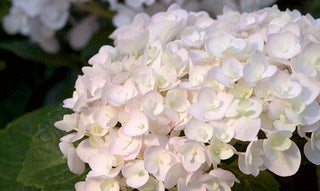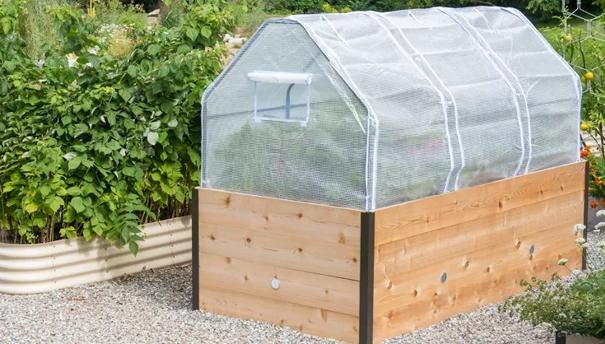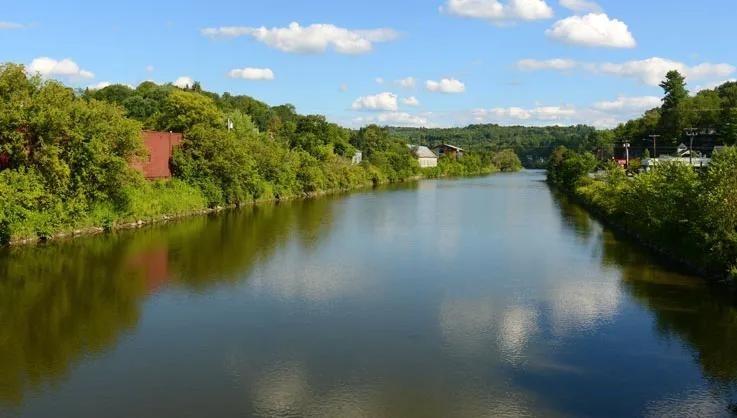When To Prune Hydrangeas
 The Limelight hydrangea blooms on new growth, so it should be pruned in late winter, before new growth begins. Although the florets look similar to those of bigleaf hydrangeas, Limelight has teardrop-shaped bloom clusters and blooming starts later in the summer.
The Limelight hydrangea blooms on new growth, so it should be pruned in late winter, before new growth begins. Although the florets look similar to those of bigleaf hydrangeas, Limelight has teardrop-shaped bloom clusters and blooming starts later in the summer.Does it bloom late in the summer?
Some hydrangeas bloom on new growth and should be pruned in late winter or early spring, before the shrub begins active growth. Don't be afraid to prune these varieties hard.
These include several varieties that have become quite popular: Limelight, Quickfire, Burgundy Lace, as well as the classic "snowball" types, such as Annabelle. Another one that can be pruned in late winter is the classic PG or PeeGee, which produces creamy white flowers in late summer that age to rosy pink.
The botanical names help identify the winter-pruned varieties: Hydrangea arborescens and H. paniculata.
 Blue Billow should be pruned in summer, after it has finished blooming. To enhance the blue color, use a soil acidifier (garden sulphur). To learn more about hydrangea color, read the article Growing Blue Hydrangeas.
Blue Billow should be pruned in summer, after it has finished blooming. To enhance the blue color, use a soil acidifier (garden sulphur). To learn more about hydrangea color, read the article Growing Blue Hydrangeas.Is it blue, or does it bloom in early summer?
Most of the other hydrangeas should be pruned in late summer, once they have finished blooming. Most of these bloom on what's called "old wood" — growth from the year before. If you prune them in early spring, you risk cuting off the dormant flower buds. By pruning right after the blooms have faded, you allow the plant time to set buds for the next year. Remove up to 1/3 of the total number of stems on each plant.
Oakleaf (H. quercifolia) and bigleaf hydrangea (H. macrophylla), including Nikko Blue and all the other pink- and blue-flowering cultivars, bloom from buds set the previous year. If they need pruning to maintain size or shape, do it in the summer, preferably before August.
The so-called ever-blooming hydrangeas, such as Endless Summer and Blushing Bride, should be treated the same. These bigleaf hydrangeas are unique in that they bloom on old wood and new wood.
How To Prune Hydrangeas
- Make sure pruners or loppers are clean and sharp before diving in to pruning.
- Cut at a 45-degree angle, just above a node (bud) — this is usually where leaves are attached to the stem.
- Cutting out dead growth is important, as it increases airflow and allows the plant to focus energy on creating lush new growth and flowers — but if the hydrangea appears healthy, strict pruning every single year is not necessary.
- Don't be afraid to leave some faded blooms on the plant through the winter — they provide gorgeous visual interest in the snowy landscape.
Types of Hydrangeas
Presented by Laura from Garden Answer
| Common Name | Botanical Name | When to Prune |
| panicle hydrangea, PG hydrangea, | Hydrangea paniculata | late winter, before growth begins |
| bigleaf hydrangea, mophead, hortensia, lacecap | Hydrangea macrophylla | after bloom in summer |
| mountain hydrangea, lacecap | Hydrangea serrata | after bloom in summer |
| smooth hydrangea, annabelle, snowball | Hydrangea arborescens | late winter, before growth begins |
| oakleaf hydrangea | Hydrangea quercifolia | after bloom in summer |
| climbing hydrangea | Hydrangea anomala subsp. petiolaris | after bloom in summer |




